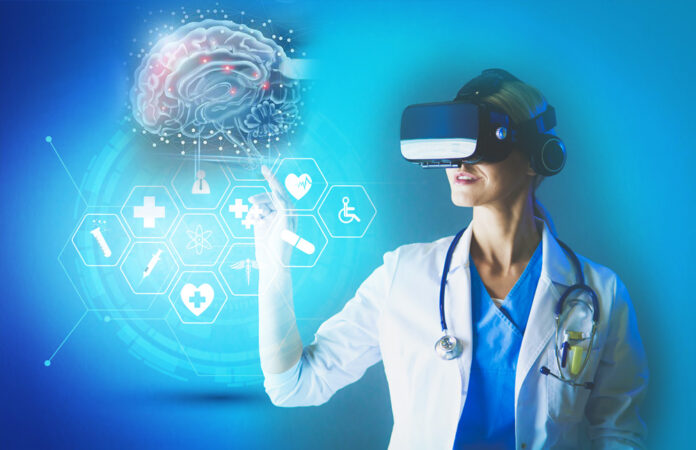Healthcare providers have more access to information-driven innovation than ever before, which can maximize healthcare quality and drive business opportunities. Exploring the trillions of gigabytes of health information and web content is daunting for these enterprise systems, but a promising segment of the solution is Natural Language Processing (NLP) in healthcare.
As of now, NLP-based chatbots have the potential to completely and honestly mimic human actions and perform a variety of tasks. About applying the same on a much larger case of usage, similar to a hospital, it can very well be used to parse data and extract vital data strings, providing an open door for us to use unstructured data along these lines. For most health plans, updating and combining this information to shape an exhaustive viewpoint on the health of a member is a massive task, but it is important to inform effective care management, analysis, monitoring, and analytics.
Natural Language Processing in healthcare has entered empirical documentation, freeing doctors from the EHRs (Electronic Wellness Record) guide and confounded framework, enabling them to focus on care delivery more and more. This has been possible because of speech-to-text dictation and access to formulated information that captures the realities of systems on the care aspect.
Significant data is spread around the diagram of a member, which can be several pages long, which makes it tedious for health plans to physically audit it for specific clinical details. Plans typically hire expensive subject matter experts to physically peruse numerous documents, scan for keywords, and glue key results into isolated structures.
In assessing NLP innovation to assist with the process of clinical chart analysis, payers can look for partners that have a large library of clinical terms and acronyms, synonyms, shorthand, and incorrect spellings used in clinical notes to identify secretive clinical terms secured in unstructured material successfully and codify them to standards accordingly.
Innovation in Natural Language Processing will capture and evaluate the vast number of healthcare reviews posted on third-party posts every day, identifying protected health information (PHI), obscenity, or other HIPAA compliance-related material. In addition to the sense of how they are used, it can also easily analyze and evaluate the human sentiment of unstructured remarks.
The detection of high-risk patients, as well as the advancement of the analysis cycle, can be completed by conveying predictive analytics related to the processing of natural language in healthcare close to predictive analysis. Emergency departments need to have complete details quickly and within reach. The delay in the study of Kawasaki diseases, for example, poses major difficulties if it is widely ignored or in some way mistreated. As shown by the use of scientific effects, a set of rules based on NLP classified at-risk Kawasaki disease patients with an affectability of 93. Compared with the guide summary of clinician’s notes, 6 percent, and 77.5 percent specificity.

